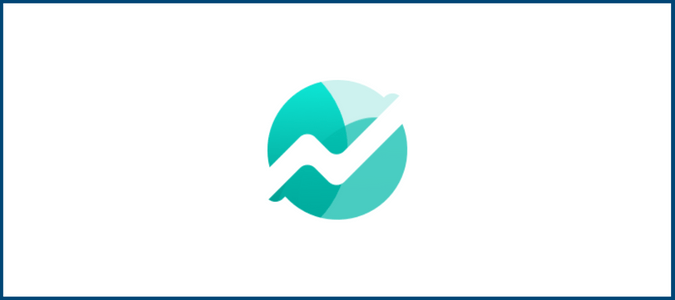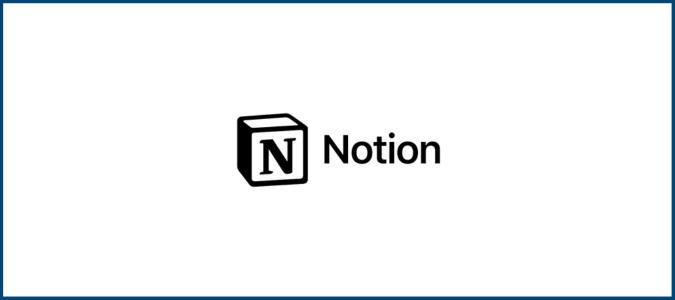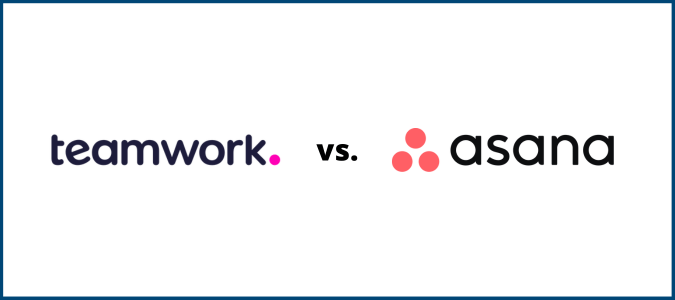Planview is a comprehensive project portfolio management (PPM) platform that helps organizations maximize the value of their investments in projects and resources. For those looking to streamline their project portfolio, Planview offers a solution that covers the entire project lifecycle, from ideation and planning to execution and post-project control.
But how does it stand out among other project portfolio management tools? We’ve taken a deep dive into Planview to uncover its features and capabilities.

Planview Compared to the Best Project Portfolio Management Tools
At Crazy Egg, we’ve used plenty of project portfolio management tools, and we’ve narrowed the best down to three Golden Eggs—the best of the best. To earn a place on our list of the best project portfolio management tools, a brand must offer an exemplary product, stand out from its competitors, and have plenty of customer reviews that back up the brand’s claims.
Monday.com offers unparalleled versatility and customization for project management, making it one of the superior tools available today. Individual users can get started for free today.
Hive is the perfect tool for collaboration and project management within teams. You can get your team up and running now for just $12 per user per month.
Asana is a no-fuss, no-nonsense PPM tool that any organization can use, enterprise or individual. It’s free to use, but paid plans start at just $10.99 per user per month. For individuals and teams just getting started, Asana is free forever.
Planview: The Good and the Bad
For software products, multiple factors indicate success. At Crazy Egg, we considered ease of use, features and capabilities, scalability, customer support, pricing, and customer ratings when comparing Planview to its competitors. Of course, there are things we love and don’t love about any product, and Planview is no exception.
What Planview is Good At
Multiple Workspace Creation: To prevent data overload, Projectplace can create several workspaces. These are especially beneficial for medium-sized businesses since they enable departments and projects to be segmented separately. Administrators can be assigned from amongst your team’s key members for each workspace, making it easier to manage information more effectively.
Comprehensive Resource Management: Planview’s resource management module is comprehensive, allowing users to easily track and manage resources across multiple projects. It also offers consolidated reporting, which gives a detailed overview of key performance metrics like resource utilization, project portfolio performance, and budget allocations.
Start-to-End Project Management Capacity: Planview wouldn’t be an enterprise tool if it didn’t offer tools for the entire project lifecycle. Planview’s features cover ideation, planning, execution, and post-project control. With Planview, you’ll have access to an array of tools and features that will consolidate every aspect of your project management efforts. This platform unites demand activation and ideation in the early stages through resource and time optimization daily. The resource management section is especially effective as it allows users to examine macro-level data and tangible details while immediately pointing out any overloaded areas.
Collaborative Features for All Departments: All of Planview’s tools link together to give you a comprehensive view of your company from a single source of truth. Portfolio management, project management, capital planning, enterprise forecasting, and resource management—all of Planview’s features are united by its integrated platform. With that kind of visibility, it’s easy for different departments to collaborate.
Detailed Document Sharing and Tracking: Planview’s document sharing and tracking tools allow users to store documents in the cloud, track all changes made, and assign authors. The change history lets you know who edited a document, when they did it, and what changes they’ve made so that you can easily keep track of your team’s progress.
Robust and Customizable Enterprise Solutions: Everything from Planview’s suite of tools is customizable, meaning that you can tailor it to your team’s individual needs. The company offers 12 separate solutions that integrate with each other, and the ones you end up using are determined based on your organization’s needs. This means that users can develop a platform that works best for their teams, no matter the size or scope of the projects.
What Planview is Lacking
Dated UI/UX: The user interface and user experience of Planview could use some significant improvement. While you get used to it after using it for a while, there’s still a learning curve. Plus, the design is a bit dated compared to other tools on the market. The best project portfolio management tools all have simple, intuitive designs.
Lack of Transparent Pricing: Planview’s pricing is customized, making it tough to budget for. With little to no information on their website (or the rest of the internet), it’s hard for a company to understand what they would pay for the service without getting on multiple calls, scheduling a demo, and going back and forth with the sales team. And even then, it’s hard to know whether or not all the tools are useful. With a platform like Monday.com or Asana, users are just a few clicks away from an easy setup.
An Overabundance of Tools: The sheer number of functionalities this software offers can be somewhat overwhelming. While it’s great to know that Planview has something for every type of company, the sheer number of features can be an obstacle when looking for a solution. With so many tools and customization options available, it’s easy to spend too much time experimenting with various features and over-cluttering your platform.
Poor Communication Between Platforms: When you sign up for Planview, you will use multiple platforms within their ecosystem. When using ProjectPlace or Enterprise One, for example, much of the data is not ported back to the main platform. This can make getting a single view of your project and its progress difficult. At that point, they are two different products and do the opposite of what they are supposed to (i.e., make your business operations more lightweight).
Challenges With Reporting: Ad hoc reporting can be difficult in Planview, especially when you need a quick snapshot of information. You have to manually change report parameters and generate new reports every time—a tedious and time-consuming process. Project planning reports can also be difficult to build, with many different parameters to enter and limited ways to do it automatically.
Planview Options and Pricing
Planview’s suite of tools encompasses 12 different product offerings, several of which any given customer may use. Each of these products is priced individually, and the total cost for a Planview package will vary wildly depending on which toolset you choose and how large your organization is. Almost all pricing is custom, and there is limited information on the company website as to what users actually pay for access to the platform.
Planview Portfolios
Planview Portfolios (formerly Enterprise One) is an all-encompassing project portfolio management software crafted for large, high-level organizations. This comprehensive system incorporates two separate components – the Planview Enterprise’s Portfolio and Resource Management component, as well as Troux’s Capability and Technology Management.

By bridging business planning with technical capabilities into one centralized platform, this dynamic solution enables enterprises to maximize their value while optimizing available resources across everything from strategic planning to investment prioritization.
Made for enterprise companies that need to manage the end-to-end lifecycle of projects, Planview Portfolios lets users align business goals with resources and capabilities, develop more reliable forecasts for future investments, track progress in real-time, and make better decisions quickly.
But it also requires a large upfront investment in money, time, and resources. Most organizations don’t need to worry about Planview Portfolios unless they manage very large projects and teams on a global scale.
Planview AdaptiveWork
For organizations looking for a lighter, more agile project and portfolio management platform, Planview AdaptiveWork (formerly Clarizen One) is the better choice. This cloud-based solution enables teams to collaborate on projects in real-time with features such as task boards, online Kanban boards, and chat capabilities to keep stakeholders in the loop.
AdaptiveWork is most useful for workforce management and team collaboration, enabling leaders to adjust workflows quickly in response to changing market conditions, labor demands, and customer needs. It also offers numerous add-ins, including action items, organizational charts, and heat maps for a more detailed view of workloads and task dependencies.

The main point of AdaptiveWork is to help teams work together effectively and efficiently, eliminating the need for manual tracking of projects. This makes client project planning much easier and more adaptive, allowing for better visibility and control over project progress.
Planview AgilePlace
AgilePlace is Planview’s Kanban software offering, allowing distributed teams to easily collaborate and visualize workflows. It’s focused on helping users manage tasks within the context of larger projects or processes, using boards to organize everything into visual lists of tasks that can be quickly adjusted when needed.
It also provides powerful analytics capabilities, enabling leaders to measure progress and analyze performance data to make more informed decisions. This is complemented by a suite of agile project management tools, such as sprint planning, card scoring, and burndown tracking to ensure goals are met on time and on budget.
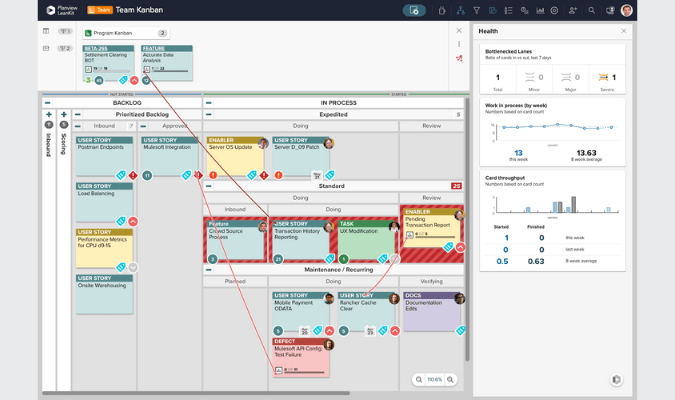
Agile program management is the name of the game with Planview AgilePlace—it’s good for work planning and delivery, program increment (PI) planning, and sprint execution. The platform is also highly customizable, allowing users to adjust views and manage tasks according to their specific needs.
AgilePlace starts at $20 per user per month and comes with a 30-day free trial. It’s the perfect choice for teams looking to take advantage of kanban-style project management.
Planview Tasktop Viz
Tasktop Viz is the streaming analytics arm of Planview’s product suite. Its main use case is with the CIO and engineering and product leaders, as it allows them to visualize the performance of their entire value stream. It helps them find bottlenecks, visualize progress, and provide real-time metrics that can be used to manage resources more efficiently.

One of its primary tools is the Flow Modeler, a complete workflow of value streams and their associated items. It takes each project from customer request to customer delivery and then provides detailed analytics about the entire process. This makes it easy to identify areas for improvement and get an accurate view of progress and resource utilization.

Ultimately, Tasktop Viz gathers data from around the organization and turns it into visual insights, helping executives and product leaders better understand the performance of their projects and make more informed decisions quickly.
Planview IdeaPlace
Innovation management is managing ideas, strategies, and resources to drive innovation within an organization. It involves identifying and developing new products, services, and processes that provide added value for customers and/or create a competitive advantage for the organization.
IdeaPlace is Planview’s solution to this, providing a suite of tools to help product developers brainstorm and develop new ideas. Its main features include an ideation platform, idea boards, idea voting, collaboration spaces, custom workflows, and analytics dashboards.

The platform includes data clusters to help brainstorm ideas and uncover trends, as well as a library for managing and sharing research. It also provides functionality to set up goals, create plans, assign tasks, and track progress.
Planview ProjectPlace
ProjectPlace is the core project management tool offered by Planview. It directly rivals other project management tools like Trello, Asana, and Monday.com, providing a combination of task management and collaboration features in an easy-to-use interface.

ProjectPlace allows users to quickly create projects, assign tasks, track progress, and collaborate on ideas. With risk and issue management and project templates built into the platform, ProjectPlace enables users to hit the ground running. It also provides detailed workload views for management, allowing leaders to visualize their employees’ workloads and ensure that projects are running effectively.
ProjectPlace is one of the only elements of the Planview suite that comes with a free trial. The 30-day trial period allows executives, product leaders, and project managers to get a good feel for the tool and understand how it can improve their operations. A prospective customer would still have to talk to a sales rep to understand the true product pricing, but this is still a great way to get an early introduction.
Planview ChangePoint
ChangePoint is a services automation platform that services businesses (e.g., IT, professional services firms, contractors) use to automate processes, manage resources and provide detailed analytics data. It includes features like resource planning, project management, financial forecasting, and monitoring contractual terms to ensure compliance.

Users can also create client profiles that store relevant data, track customer relationships, and manage service requests. Bi-directional integration with existing systems like enterprise resource planning (ERP) and customer relationship management (CRM) applications helps organizations to streamline their processes.
Planview Tasktop Hub
Tasktop Hub is a DevOps tool that helps organizations to integrate their development, delivery, and operations processes. With reusable integration models, Tasktop Hub can integrate data across multiple systems, enabling organizations to quickly scale their DevOps initiatives. Tasktop Hub also provides detailed analytics, giving stakeholders a comprehensive view of the entire process.

Tasktop Hub offers real-time insights into project health, enabling organizations to identify potential issues or opportunities early on. The intuitive dashboard allows users to customize their reports and share insights with other stakeholders.
Planview PPM Pro
PPM Pro is Planview’s complete project portfolio management solution. It covers all aspects of the portfolio, including demand, financials, resource allocation, project delivery, and performance measurement. PPM Pro also offers powerful analytics that allows users to make strategic decisions based on data-driven insights, what-if scenario planning, and integration with leading enterprise applications.

Project dashboards and reports allow organizations to keep track of all their projects in one place. Custom workflows and spaces allow users to tailor the platform to their specific needs, while built-in analytics dashboards enable them to quickly identify trends or anomalies in their portfolio.
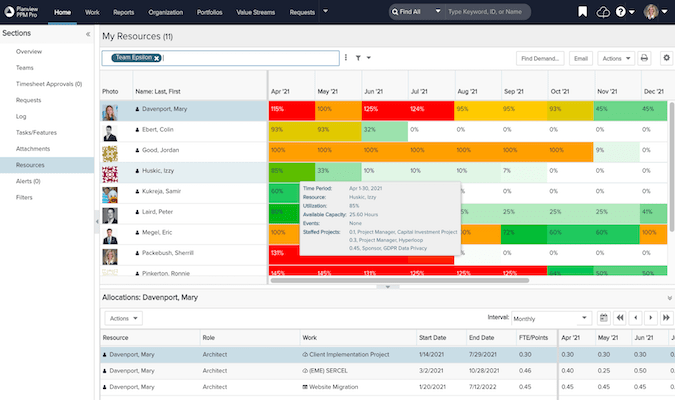
Large organizations, from universities to healthcare providers, use PPM Pro to manage their portfolios and allocate resources. Thanks to its security, compliance, and privacy standards, PPM Pro is trusted by some of the world’s most security-conscious organizations.
Planview Daptiv
Daptiv is a similar but less in-depth project portfolio management tool than PPM Pro. It offers the same capabilities as PPM Pro but focuses on simplifying projects and making them easier to manage. It also includes reporting and analytics to help track project progress.

Project management offices depend on Daptiv’s constraint-based resource management platform to manage their resources more effectively. It also offers a central repository for all documents, making sure that everyone involved in the project has access to the same information.
Unlike PPM Pro, Daptiv doesn’t have Agile methodologies built into it. But it can be integrated with Agile tools like Jira to provide a comprehensive project management solution.
Planview Barometer

Barometer is an IT operations project management solution that allows users to track, manage, and visualize their performance in real-time. It offers an intuitive dashboard with key metrics that can be used to compare teams, projects, or any other aspect of IT operations.

Using scenario planning, Barometer helps organizations identify areas where they can improve their processes and use resources better. Integration with other Planview tools like PPM Pro or Daptiv allows users to measure performance across multiple projects, ensuring that operations run smoothly.
Barometer is more lightweight than the other ITOps tools in Planview’s suite, so it doesn’t have the same depth of analytics or planning capabilities. But its features are easier to use and understand for less complex enterprise teams.
Planview Enterprise Architecture
The Enterprise Architecture tool from Planview helps organizations create an enterprise-wide roadmap for application and data architecture. It provides a common platform for collaboration, allowing stakeholders to keep track of the progress and make informed decisions about future projects.

While PPM software focuses on the project side of things, Enterprise Architecture uses advanced technology to focus on how complex relationships between data and applications work together. Using graphical modeling and analysis, users can visualize their current project and application portfolios, as well as strategize for the future.
Planview in Summary
Planview is a complete enterprise solution with portfolio project management at its core. The massive software platform offers multiple solutions to cater to a diverse enterprise customer base. For large organizations that need to manage complex projects, IT resources, and enterprise architecture, Planview offers highly customizable and intuitive modules to meet their needs.
But the reality is that most organizations won’t need the full suite of Planview tools, and the complex sales cycle and pricing customization can be a barrier to entry. Most organizations are better off with a straightforward alternative that scales with their business. All three of our Golden Eggs (Monday.com, Hive, and Asana) offer low-cost, scalable solutions that meet nearly all the portfolio project management needs of most organizations.
To dig deeper, read our in-depth reviews of the best project portfolio management tools.







